Painting Rainbows With Natural Materials
Developed by Danielle Fonseca, PCM Play Intensive 2021
Focus: Preschool & Pre-Kinder, Science, Technology, Engineering and Mathematics (STEM), Visual & Performance Arts, Physical Movement, Creativity & Making, Design Thinking)
Rainbows and colors are a huge motivator for learning! Children can learn about these science concepts during the creative process by designing their own rainbows. Students will problem-solve how to extract colors from natural materials, explore the color spectrum, mix primary colors to make secondary colors, and find natural or cooking materials that work well for this task.
After exploration of rainbows and the color spectrum, children will be able to discover how to release, or extract color to create paint from natural materials around the house or outside in the backyard, to design their own rainbows on paper.
What does extract mean? – To remove or take out, especially with effort or force
Materials
- Different foods or berries (blueberries, raspberries, strawberries, etc.)
- Spices (cinnamon, baking soda, turmeric etc.)
- Blades of grass or leaves
- Several different containers
- Warm water
- Dirt or mud
- Marinara or pasta sauce
- Old markers
- Paintbrushes (one for each color)
- Rolling pin
- Spoon and a mug (use back of spoon to grind materials)
- A large piece of paper
- Newspaper or plastic tablecloth on a table/floor surface
- Cardstock (or a thick paper) to paint on
- Zipper plastic lunch bags (to crush materials inside)
- Paper cups or plastic containers
Set Up
Locate an area in your home where you can set up for this activity. Place a plastic tablecloth or newspaper on a large surface such as a table or floor, where you can arrange all the materials you will be using.
Time to hunt for those natural materials! Walk around the kitchen, inside closets, or even outside in the backyard to gather different materials to release the color from.
Student’s Job
How can you create a colorful rainbow using natural and/or homemade materials?
- Gather materials! Collect the different fruit, natural, and home materials required to create the rainbow colors (berries, spices, grass, etc.) as well as the tools you will use (paintbrushes, rolling pin, zipper bags etc.) Now we will extract and paint with the color.
- First Fruit: Begin to add the different fruit to the zipper bags and close them up tightly. Squeeze the bag carefully to release the juices inside for a liquid consistency to paint with. Pour into a paper cup.
- Second Grass: Take blades of grass and place under rolling pin or in mug and use the back of the spoon to grind them up. Add ground up pieces to paper cup and add a teaspoon (or more, as needed) of water; mix together to create color for paint.
- Third Spices: Collect those spices to add to paper cups (each one in separate cup) and add a tablespoon (or more, as needed) of water; mix together to create paint.
- Time to Paint! Now that you have your paints ready, begin to dip your paintbrushes into the colors and paint a rainbow however you would like.
Further Challenges:
- Use any other materials you found (marinara sauce, old markers, dirt/mud) and see if you can creatively release the colors from them for more paint options!
- Experiment with mixing primary colors to make secondary and other colors. Example: can you mix blueberry paint with raspberry paint to make purple?
- Answer these reflection questions: How did you get certain colors to paint on the paper? What other images can you represent with paint? What else can you use to paint with?
Teacher’s Job
Standard’s Alignment
This lesson is connected to RIELDS (Rhode Island Early Childhood Learning Developmental Standards)
RI EARLY LEARNING AND DEVELOPMENT STANDARDS: SCIENCE
Component 1: Scientific Inquiry and Application
Children learn to plan for and carry out investigations and collect, evaluate, and communicate information.
RI EARLY LEARNING AND DEVELOPMENT STANDARDS: CREATIVE ARTS
Component 1: Experimentation and Participation in the Creative Arts
Children gain appreciation for and participate in the creative arts.
RI EARLY LEARNING AND DEVELOPMENT STANDARDS: PHYSICAL HEALTH AND MOTOR DEVELOPMENT
Component 3: Fine Motor Development
Children develop small muscle control, strength, and coordination.
Connections to previous work?
This topic aligns with the Boston Public Schools Unit 4: World of Color – rainbows and color spectrum are explored and children are given multiple opportunities for creating, discovering, inventing and learning in each weekly lesson plan.
Prepare/ Background Info
- Share pictures and read stories that give examples of rainbows such as A Rainbow of My Own by Don Freeman
- Discuss what weather conditions are needed for rainbows to appear.
- Investigate related science concepts with children such as the color spectrum, primary and secondary colors, and using sunlight and prisms to make rainbows.
- Show Mystery Doug video as a resource to provide answers to real-world children’s questions in a fun, engaging child-geared way. Look for the video titled “How are Rainbows Made?” to connect to this activity.
- Look for YouTube videos about color spectrum, rainbows, and concepts of light and prisms to provide additional information
Extend/ Take it Further
How do we make other colors when using just the paint mixtures already made?
OPEN-ENDED QUESTIONS TO ASK:
- What color paint do you think _____ will make?
- Why should you cut or grind _____ to make paint?
- Can you find something that is (color) to make paint?
Facilitation Strategies
- Encourage scientific process of curiosity/inquiry and investigation.
- Emphasize the experimentation process is the important part of the learning, not the final product. Mistakes are part of the process!
- Promote the concept of “Trial and Error” – an effective and meaningful way to solve problems and learn about the world.
- Give children opportunities to locate materials using helpful resources such as color wheel but allow them to make their own choices in materials to try out.
Play to Notice
- Children are using materials and tools actively and in hands-on ways to extract color and then paint with it.
- Students are investigating which materials will work better/more effective to release colors they want (learn from environment)
- Students are choosing their own path in creative thinking about materials to use and learning about mistakes and trying again (problem solving, flexible thinking)
- Children practice fine motor skills and learn concepts through physical actions, such as grinding grass blades or dirt/mud, making paint strokes (grasping), crushing berries in bags, etc.
Content Matter to Notice
- How do weather conditions happen? (rainfall, rainbow occurrence)
- Scientific inquiry: Do all-natural materials have a color that can be extracted?
- Vocabulary exposure and usage (spectrum, sunlight, shades, tints, reflection, etc.)
SEL to Notice
- Sharing materials and cooperation
- Interaction with peers
- Motivation and pride in ability to extract colors from the natural materials or produce rainbow painting/work of art.
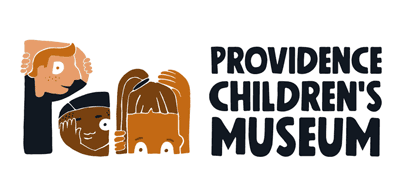

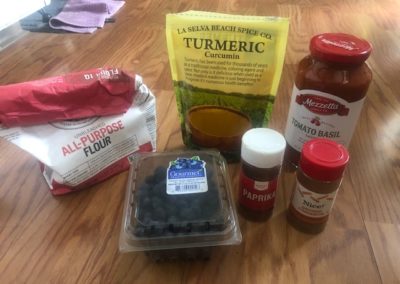
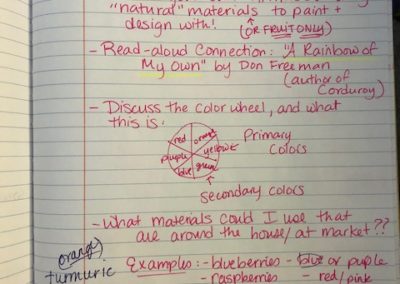
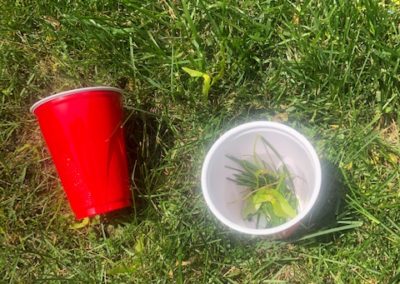
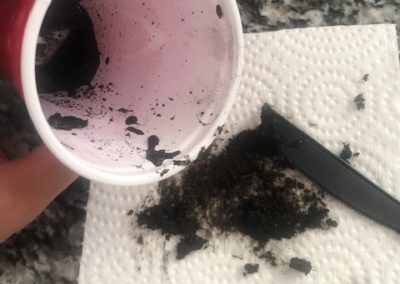
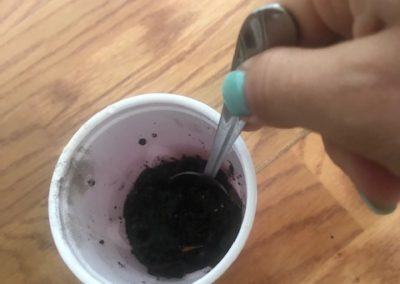
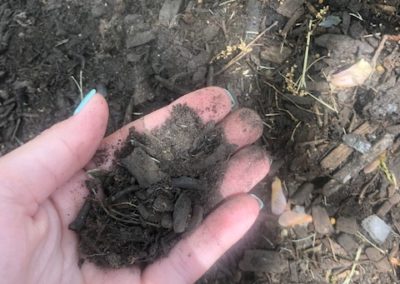
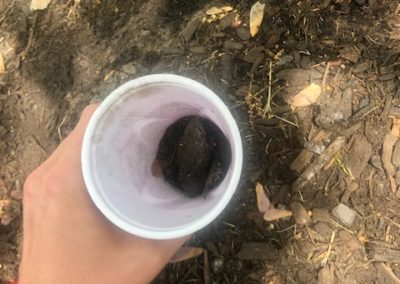
0 Comments